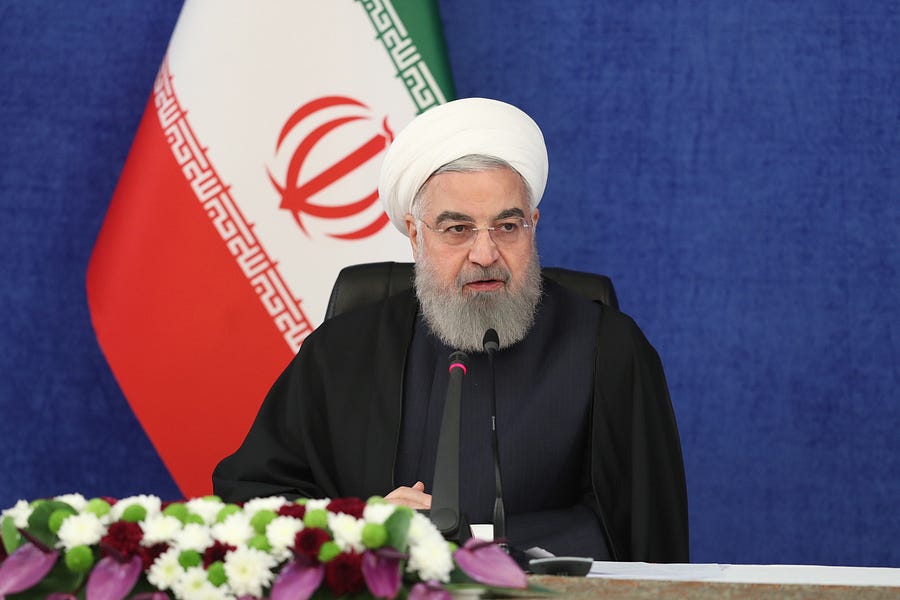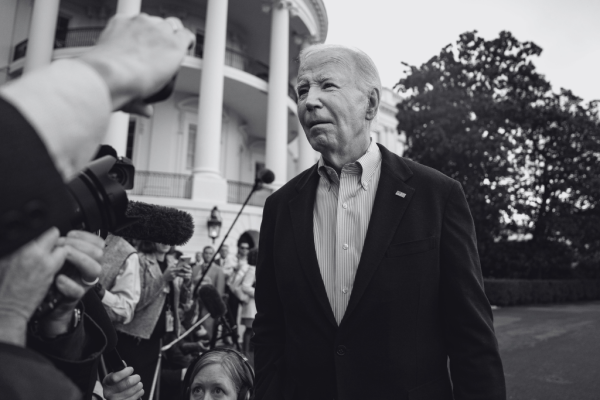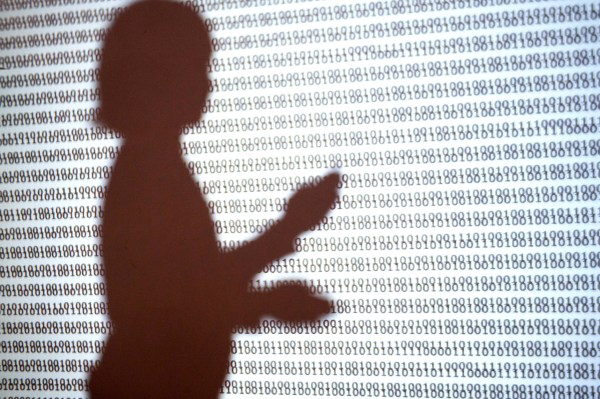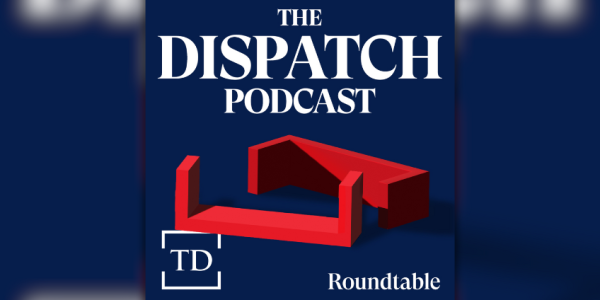Iran announced plans this week to enrich uranium to 20 percent purity at its underground Fordow nuclear facility, pushing its program a meaningful step closer to weaponization and well beyond the enrichment limitations laid out by the 2015 Joint Comprehensive Plan of Action (JCPOA), or Iran nuclear deal.
The same day, Iranian forces seized a South Korean-flagged chemical tanker in the Strait of Hormuz amid a dispute over $7 billion in Iranian assets frozen in Seoul under U.S. sanctions, ostensibly to prevent the vessel from “creating environmental and chemical pollution in the Persian Gulf.” The Islamic Republic has been at the center of a slew of maritime incidents in the critically important waterway recently, including the detainment of a British tanker by its Islamic Revolutionary Guard Corps for two months last year.
The timing of the two latest escalations by Iran is no coincidence: Almost a year to the day after the U.S. killed Iranian Quds Force commander Gen. Qassem Suleimani in an airstrike in Iraq, Iran is flexing its nuclear ambitions and regional naval power to signal to the incoming Biden administration its willingness to ramp up hostilities in the event that it continues the Trump administration’s hardline approach.
In the eyes of Iranian leadership, the decision to pursue a more aggressive uranium enrichment program was tit for tat following President Donald Trump’s 2018 withdrawal from the JCPOA. While the U.S. withdrew, Iran is still a party to the deal along with China, France, Germany, Russia, the United Kingdom, and the EU. Pending American cooperation in reviving some iteration of the deal and thereby alleviating Iran of the crippling economic weight of sanctions, officials have promised the rollback of its increased enrichment. “Our measures are fully reversible upon FULL compliance by ALL,” Iranian Foreign Minister Mohammad Javad Zarif tweeted Monday.
One State Department official told The Dispatch that this approach amounts to little more than a “campaign of nuclear extortion” aimed at leveraging the U.S. into compliance against its best interests.
“Iran’s enrichment program was originally developed in secret, including at Fordow, and Iran retained a vast archive of records from its past nuclear weapons program, along with many of the key personnel who led that program,” the official said. “The United States and the rest of the international community will assess Iran’s actions in light of this provocative history.”
Iran has been taking gradual steps away from the deal’s restrictions since the American withdrawal in May 2018, despite efforts by the European parties to maintain the deal. For the most part, these small escalations have centered around the number of gas centrifuges being operated and the quantity and enrichment level of the uranium. Well before this week’s announcement, for example, Iran was enriching uranium up to 4.5 percent—exceeding the 3.67 limit set by the JCPOA.
While some nuclear power reactors use natural uranium—which comes out of the ground at less than 1 percent enrichment—most operate using uranium that has been enriched to about 5 percent purity, or slightly lower. By disclosing its enrichment of uranium to up to 20 percent, Iran sends a significant political message to the U.S. and allies that it’s willing to leverage its nuclear program to guarantee favorable terms in any future deal.
“Iran’s moves belies the fact that their motives aren’t peaceful,” Michael Rubin, an Iran expert at the American Enterprise Institute, told The Dispatch. “Some naval reactors might use higher levels of enrichment, but Iran doesn’t utilize nuclear subs, let alone aircraft carriers, so that’s off the table. This is about testing Biden and thumbing their nose at the world and nothing more.”
And if the Islamic Republic’s goals to weaponize its nuclear program have gone undeterred, upping its uranium enrichment to 20 percent purity brings it a stride closer to “breakout”—a combination of factors allowing a country to have enough nuclear material to produce a nuclear weapon in a short period of time.
“If you’re sitting on a lot of 20 percent enriched uranium, that material is only one additional step before it could be weapons grade, whereas if it’s sitting at natural or under 5 percent, it would require additional steps,” Corey Hinderstein, who worked on implementation of the JCPOA while at the Department of Energy, told The Dispatch.
“We’re not talking about their immediate capability at 20 percent, but what their time horizon looks like. An Iran with significant amounts of 20 percent enriched uranium has a shorter time to weapons grade if they decide to take that step,” she added.
When President-elect Biden meets Iran at the negotiating table in the near future, he brings with him the bargaining chip of a two-year sanctions regime. With it the administration has the opportunity to craft more favorable terms than those settled on in the 2015 deal and address other forms of regional aggression by the Iranians and proxy groups.
Jake Sullivan, Biden’s national security adviser, said that discussion of Iran’s ballistic missiles—a program that Iranian President Hassan Rouhani has described as non-negotiable—“has to be on the table.”
“I think it’s extremely important that we not stop our relations with Iran at nuclear,” said Hinderstein. “We have a lot of legitimate issues to deal with Iran—their activities threatening freedom of navigation in the Gulf, their support for terrorism and terrorist activities, their involvement in other regional conflicts. These are all issues that we have an urgent need to resolve.”







Please note that we at The Dispatch hold ourselves, our work, and our commenters to a higher standard than other places on the internet. We welcome comments that foster genuine debate or discussion—including comments critical of us or our work—but responses that include ad hominem attacks on fellow Dispatch members or are intended to stoke fear and anger may be moderated.
You are currently using a limited time guest pass and do not have access to commenting. Consider subscribing to join the conversation.
With your membership, you only have the ability to comment on The Morning Dispatch articles. Consider upgrading to join the conversation everywhere.